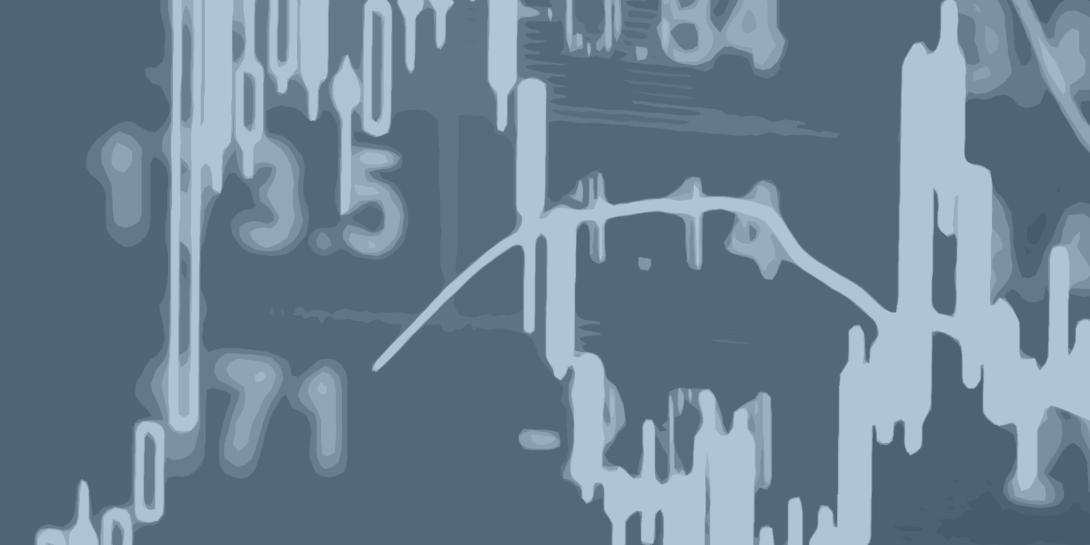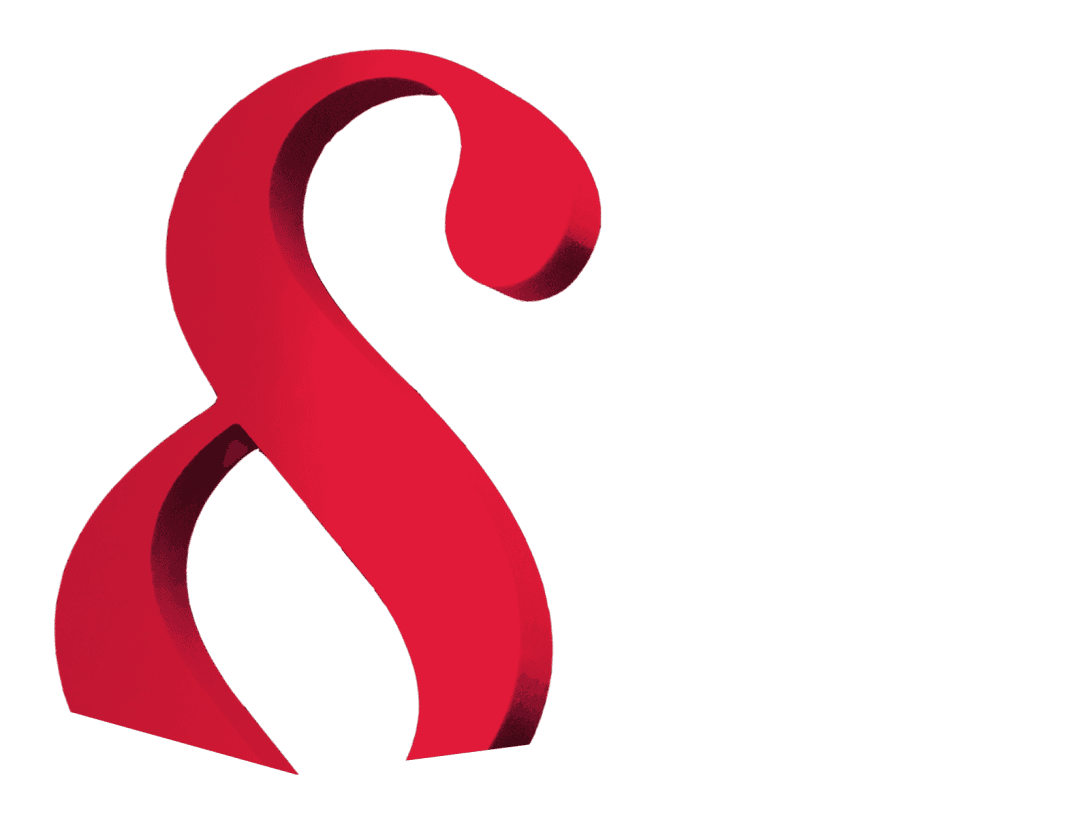In January 2025, the standard flat charge (Vorabpauschale) for investment funds will come as a surprise to many investors – even though it has been a component of investment taxes in Germany since 2018.
However, this standard flat charge is calculated based on what is known as the basic interest rate, which has, in the past, often been a negative number. As such, the standard flat charge did not come into effect until the start of 2024, when it was charged on taxes for the previous year, that is 2023.
But what is the standard flat charge, and how does it work? This article explains what you need to know.
When is the standard flat charge due?
The standard flat charge is applied when your shares have risen in value, even if you have not received a payout. That means that even investment income that has been reinvested within the fund will be subject to tax.
This regulation applies above all to income retention funds, but funds that pay dividends are also subject to the standard flat charge in the event that the dividends are lower than the standard flat charge as calculated. This ensures that returns are not deferred, remaining untaxed for years until your shares are sold.
How is the standard flat charge calculated?
The standard flat charge is calculated as hypothetical earnings and applies to all types of investment funds, regardless of their risk profile or actual expected returns. These hypothetical earnings are calculated using the basic interest rate and the value of your shares at the beginning of the year. The basic interest rate is set each year by the Federal Ministry of Finance and based on long-term returns achieved by federal government bonds.
Important: the standard flat charge does not represent the actual taxes owed. Instead, as a hypothetical return, it is used to calculate the flat rate withholding tax. Once the standard flat charge has been determined, the capital gains tax to the amount of 25 percent of that rate plus solidarity surcharge and any church tax will be calculated and charged.
What happens when you sell your shares
If you sell your shares at a profit, the standard flat charge you have already paid will be offset against any taxes you owe on profit you make by selling the shares. This means that the amount you have already paid in tax via the standard flat charge will be taken into account. Once you sell your shares, it will be deducted from the taxes you owe on the profits from the sale. So there is no double taxation.
If you sell your shares at a loss, however, the standard flat charge tax will not be reimbursed. This means that even if your shares lose value after you have paid the standard flat charge, and in fact even if you lose money, the taxes you have already paid remain in place. This applies even if you do not sell your shares: you could, for example, be required to pay the standard flat charge in one year when your shares are doing well. Even if the shares drop in value in the years after, you will not be reimbursed for the taxes you have already paid.
Tip: submit your declaration for exemption (Freistellungsauftrag) in time
Take the standard flat charge into account when deciding where to apply your declaration for exemption. If the standard flat charge is covered by the declaration for exemption, you will not have to pay taxes on your hypothetical earnings. You only have to pay taxes if your investment income exceeds the savings exemption amount (Sparer-Pauschbetrag).
The declaration for exemption allows you to instruct your bank to credit your capital gains to the amount of the exemption, which is currently 1,000 EUR, without deductions. No withholding tax will be charged on this income.
Non-assessment certificate (Nichtveranlagungsbescheinigung) for tax-free investment income
If you do not need to pay taxes due to low income, you are usually not subject to withholding tax and can apply for a non-assessment certificate (Nichtveranlagungsbescheinigung) with the tax office. The current basic tax allowance (Grundfreibetrag) is set at 11,604 euros per year, in addition to the itemised expenses exemption of 36 euros.
If you send this certificate to your bank, they are allowed to pay you all interest and other capital income – including the hypothetical earnings from the standard flat charge – in full, without any tax deductions. The non-assessment certificate is particularly useful if you have already exceeded the savings exemption amount.
You can find an application for a non-assessment certificate, usually valid for three years, at your local tax office or on the German revenue authority’s website.

